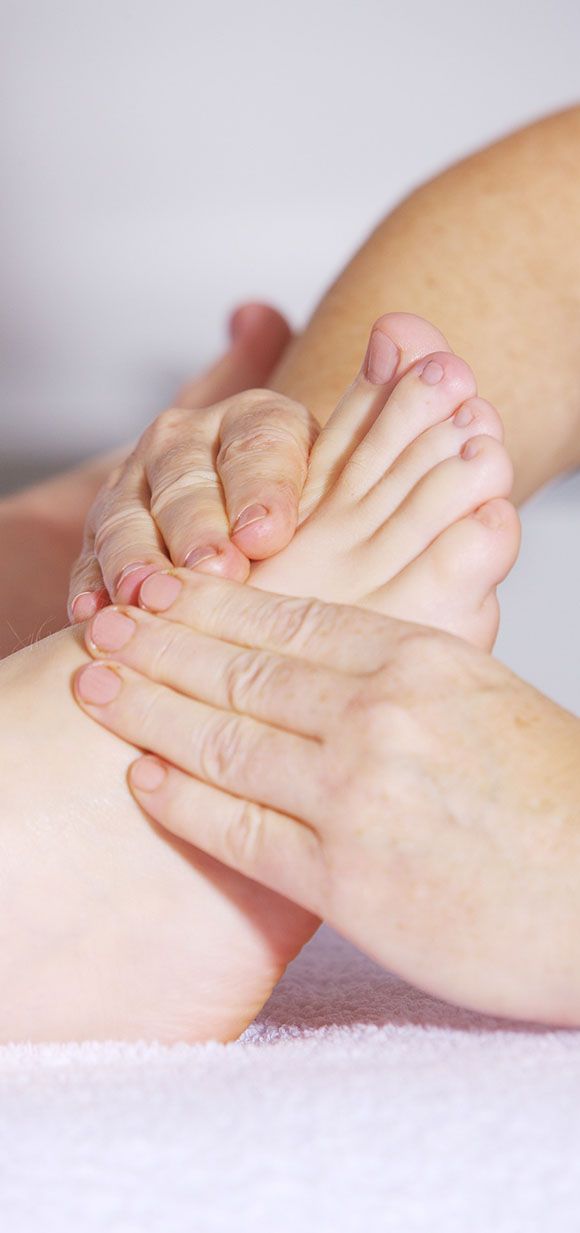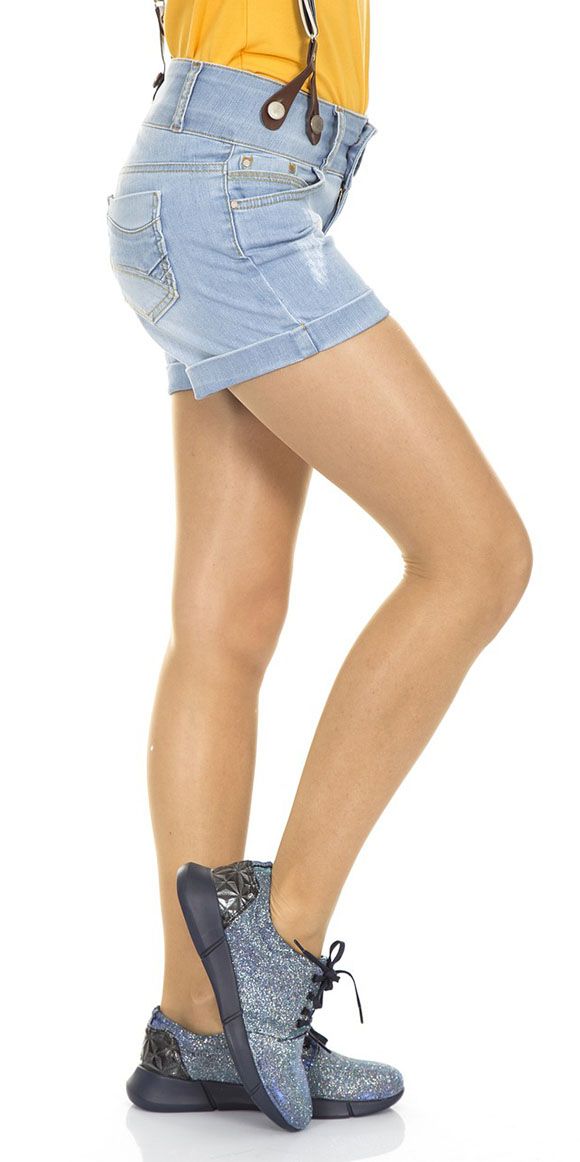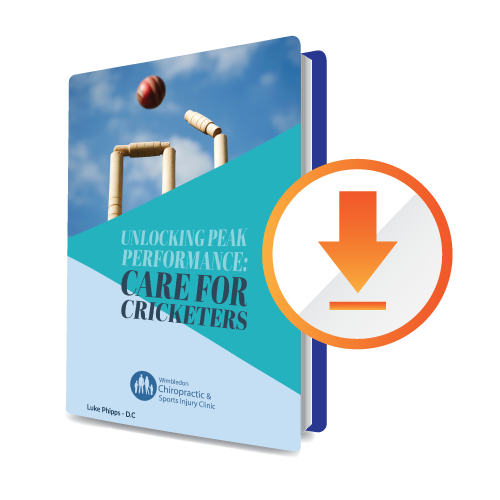Foot and Heel: Understanding Anatomy, Pain, and the Role of Physiotherapy

Anatomy of the Foot and Heel
The foot, an intricate and detailed structure, comprises 26 bones, 33 joints, and over a hundred muscles, tendons, and ligaments. It can be divided into three primary parts: the front of the foot (forefoot), the middle area (midfoot), and the back section (hindfoot).
The forefoot houses five toes (phalanges) and the five longer bones (metatarsals). The midfoot, a vital structure in this region, has bones forming the arches of your feet, consisting of three cuneiform bones, the cuboid, and the navicular bones.
In the hindfoot, we find the heel (calcaneus), the foot's most prominent bone, and the ankle (talus). The heel acts as the body's shock absorber and carries most body weight when standing, walking, or running. The Achilles tendon, which is both the most robust and the largest tendon in the human body, connects the heel to the calf muscles.
Functions of the Foot and Heel
From our Wimbledon clinic physio's perspective, the feet are integral to movement and maintaining balance. They act as shock absorbers when we walk or run, absorbing the impact of hitting the ground and distributing this weight across the foot. The foot and heel's design allows for flexibility and strength, enabling a wide range of movements and supporting our body weight.
Understanding Foot and Heel Pain
Foot and heel pain can occur for various reasons, including overuse, injury, or medical conditions such as arthritis or diabetes. At our clinic located in SW19, we encounter common foot problems, including plantar fasciitis, Achilles tendinitis, bursitis, and heel spurs.
Plantar fasciitis
Plantar fasciitis is inflammation and swelling in the plantar fascia, a tissue that connects the bone of our feet, such as the heel bone to the toes and creates and provides support for the arch of the foot. It's a common cause of heel pain and is often the result of overuse or improper footwear.
Achilles tendonitis
Achilles tendinitis, another common source of heel pain, in everyday terms, is inflammation of the Achilles tendon. This condition is often seen in runners or joggers who have suddenly increased the intensity or duration of their runs.
Bursitis
Bursitis is the inflammation of the bursae, tiny fluid-filled sacs cushions surrounding structures such as the bones, tendons, and muscles near the joints. In the foot, it commonly affects the heel and the base of the big toe.
Heel spurs
Heel spurs are calcium deposits that form in a bony protrusion, which is grown by our body on the underside of the heel bone, often caused by extra strains on foot muscles and ligaments or repeated tearing of the membrane that covers the heel bone.
Physiotherapy and Foot/Heel Pain
Our Wimbledon physiotherapy plays a crucial role in managing foot and heel pain. It uses physical methods like massage, heat treatment, and exercise instead of drugs or surgery.
Through specific exercises, our Wimbledon physio can help strengthen your foot and ankle muscles, improve your balance, and stretch muscles that are often tight, such as the tendon of the calf muscles and the plantar fascia. These exercises and other treatments, such as ice, heat, or ultrasound, can help reduce pain and inflammation in your foot and heel.
Manual therapy techniques can also mobilize stiff joints and break down adhesions and scar tissue, improving function and reducing pain.
In our Wimbledon physio clinic, our physiotherapist educates on the correct footwear, training regimens, and lifestyle modifications to prevent future injuries.
This article is created on understanding gained by our physiotherapist at Wimbledon Clinic Physio through resources from -
Department of Allied Health Professions,
University of the West of England

